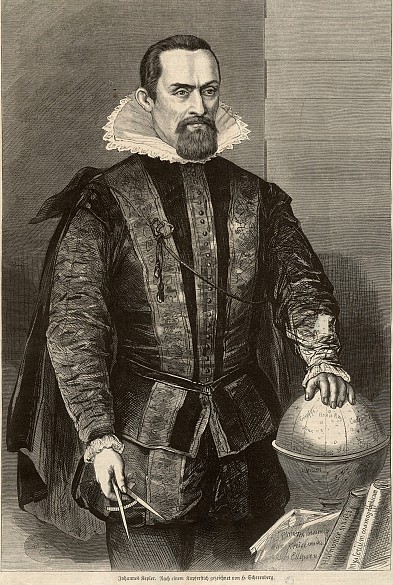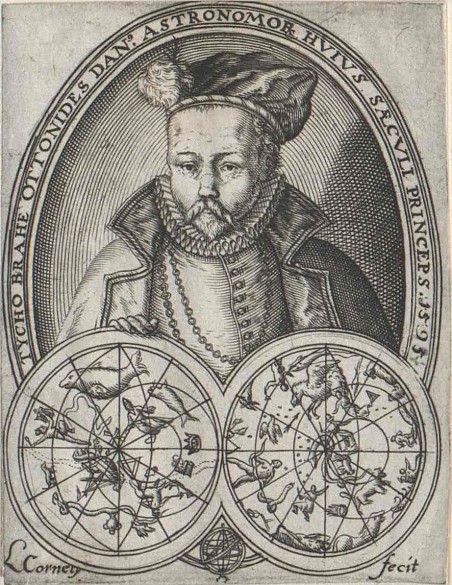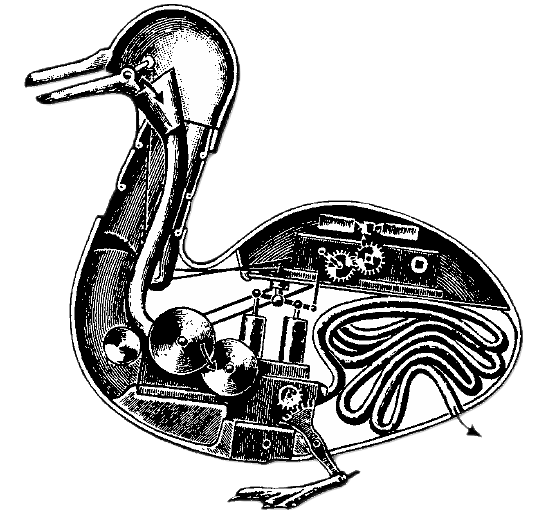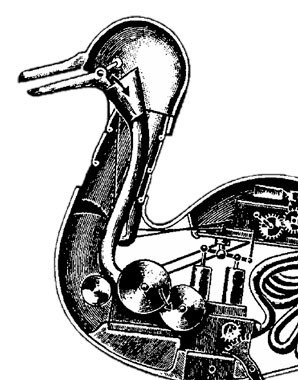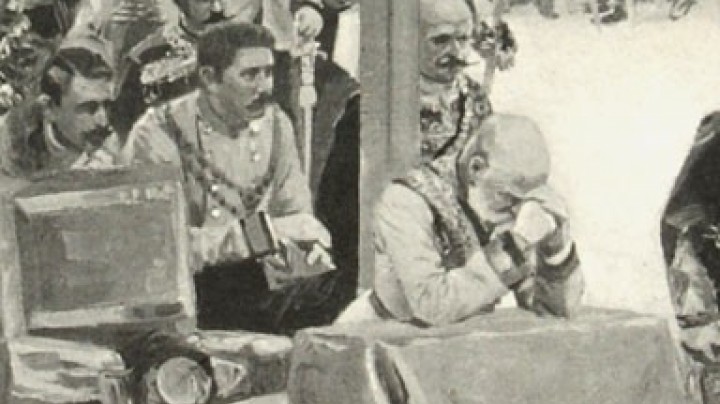A robot in Prague and an elixir for Rudolf II
Eternal youth, alchemy, the Cabbala and robots fascinated even Rudolf II.
Like many of his contemporaries, Rudolf II was fascinated by the occult and magical powers. At his court in Prague, the monarch employed a large number of scientists conducting studies in astronomy and astrology. Beside the astronomers Tycho Brahe and Johannes Kepler, they also included occultists such as John Dee and Edward Kelly. The latter carried out alchemical experiments and administered an elixir to the emperor that was meant to endow him with eternal youth. When Kelly failed in his efforts to change base metal into gold, he incurred the monarch’s displeasure and was thrown into prison. Rudolf also fostered good relations with his Jewish subjects – especially given that the richest among them provided finance for the imperial court. His interest in Jewish culture and his predilection for the occult sciences led him to become a devotee of the Jewish Cabbala. Rabbi Löw (Judah Löw ben Bezalel), with whom Rudolf also had contact, shared his fascination for mysteries and ‘pre-modern’ robots.
A folk legend, probably of much later origin, associates Rabbi Löw with the creation of an artificial human being. According to Cabbalist thinking, only venerable learned rabbis were capable of creating a golem from clay – and Rabbi Löw was supposed to have been one of these.
The fascination of creating artificial life and thus of becoming a creator oneself goes back far back into history and was a theme repeatedly taken up over the centuries; about 200 years after the mythical golem of Prague is supposed to have been created, the first mechanical androids and automatons were built.
